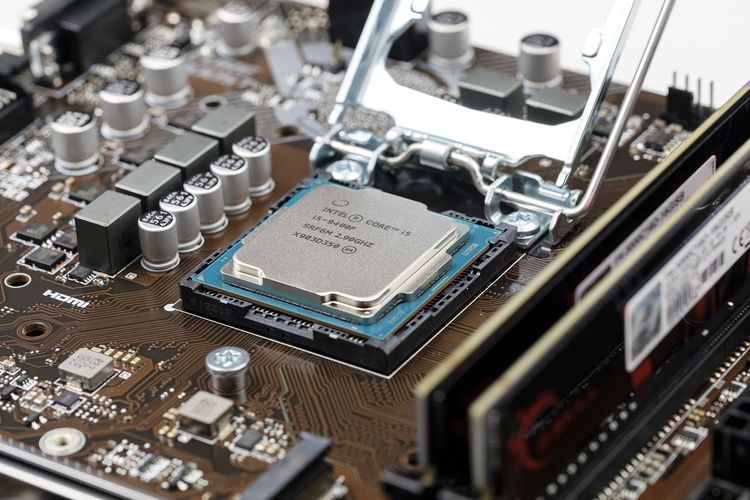Siemens CEO Roland Busch’s Vision for Digital Twins in the Industrial Metaverse at CES 2024
During his keynote address at CES 2024, Siemens CEO Roland Busch emphasized the transformative potential of digital twins within the industrial metaverse and the significant impact of generative AI on enterprises.
Busch is a strong advocate for digital twins—virtual replicas of physical assets like factories and industrial infrastructure. He noted that these digital prototypes can significantly enhance productivity and expedite complex product development, such as new aircraft.
Digital twins allow companies to refine their factory designs virtually before committing to physical construction. By integrating sensors into the real factories and continuously feeding data back to the digital twins, businesses can create a robust feedback loop that drives ongoing improvements.
While Busch acknowledges some synergies between the industrial metaverse and gaming-oriented platforms, he points out key differences. Digital twins demand precise simulations, while consumer-focused metaverses rely on high-quality animations.
To further advance the industrial metaverse, Siemens has partnered with Microsoft to promote the use of AI across various industries. Their collaboration has led to the creation of the Siemens Industrial Copilot—a generative AI-driven assistant designed to enhance human-machine collaboration and boost productivity. Siemens is also collaborating with Sony, which is developing a virtual reality headset aimed at enabling industrial design within the metaverse.
In a one-on-one interview, Busch discussed several critical aspects:
On the Reality of Digital Twins:
Busch explained that Siemens has been developing digital twins for years, with a clear distinction between their technology and animations in gaming. Real-time, physics-based simulations provide essential insights for customers like BMW, who require accurate representations for planning and operations.
Real-Time Digital Twins:
Busch envisions a future where digital twins are continuously updated with real-world data, allowing for rapid optimization and problem-solving based on real-time feedback. This closed-loop integration enhances efficiency and speed in manufacturing processes.
The Balance of Realism in Simulations:
He elaborated on the necessity of balancing photorealism with functional efficiency in simulations. While high-definition visuals can be valuable, Busch believes prioritizing real-time functionality often trumps the need for perfect graphics.
Adapting to New Manufacturing Demands:
Reflecting on the evolving landscape, Busch highlighted the need for businesses across sectors—including automotive, food and beverage, and semiconductors—to adapt rapidly to changing consumer demands and technological advancements.
Consumer Insights in Industrial Design:
Busch noted a shift in expectations, with engineers aiming for immersive, engaging experiences akin to modern gaming. This evolution suggests that industrial design must leverage advanced tech to meet these anticipations.
Generative AI’s Role:
Busch emphasized the transformative potential of generative AI in enhancing engineers' productivity by automating mundane tasks, allowing them to focus on innovation and problem-solving.
Looking Ahead:
As Siemens strives for seamless integration of digital twins across various industries, Busch believes the future hinges on technology's openness. Collaborating with diverse partners—including major players like BMW and Nvidia, as well as SMEs—promotes an ecosystem where innovation thrives.
In summary, the industrial metaverse is poised for growth, with digital twins and AI at its core, enabling faster production cycles and more competitive enterprises in an increasingly digital world.







